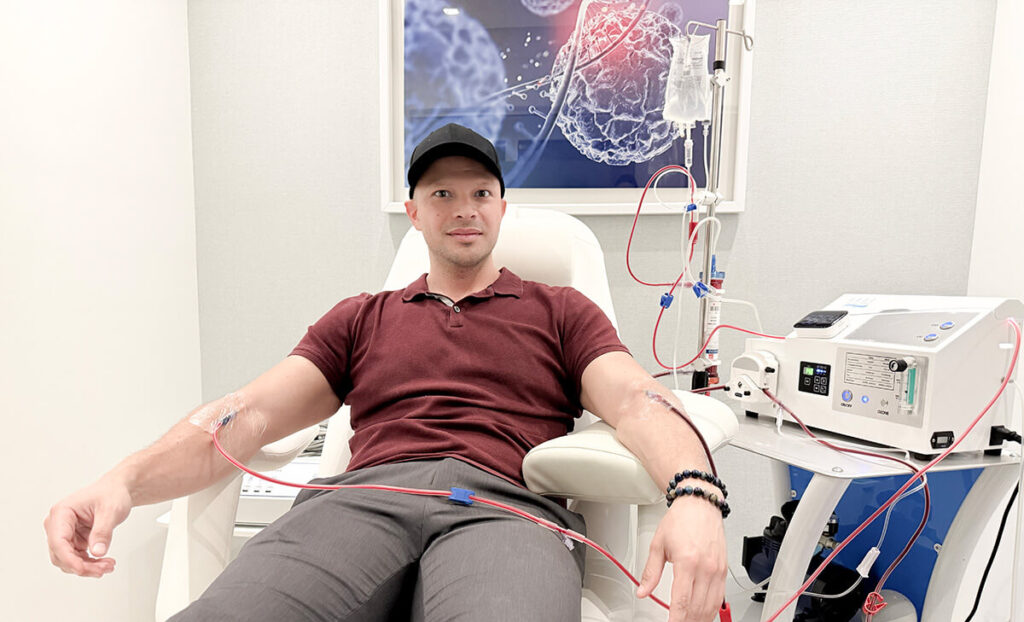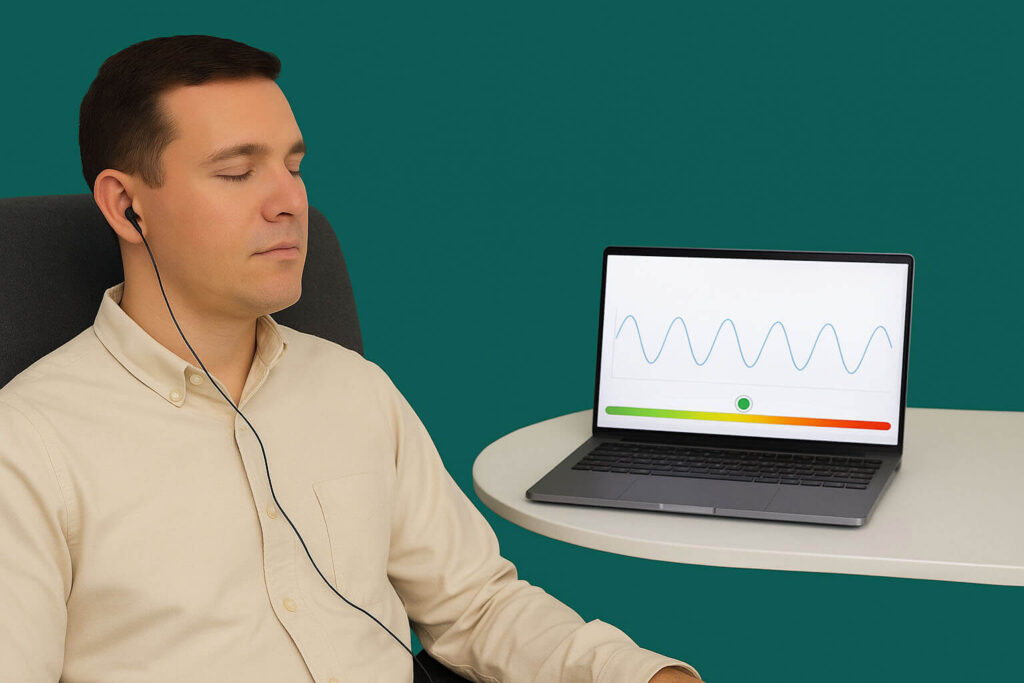Among rare pediatric diseases, there is one that has caught the attention of the scientific community due to its severe consequences: it’s called Progeria Syndrome, and it causes accelerated aging in children.
This genetic condition, also known as Hutchinson-Gilford Progeria Syndrome (HGPS), has a dramatic impact on the quality of life of the patients.
Its low incidence does not make it invisible. Studies confirm that 1 in 20 million people worldwide are currently living with progeria syndrome.
What concerns doctors the most is that the aging process in these patients is so rapid that their life expectancy is significantly reduced. This is one of the reasons why finding treatments is urgent.
A ray of hope is emerging in research thanks to therapies with hVSEL stem cells activated by S.O.N.G. Laser technology. Advances have proven effective in relieving the symptoms of progeria.
Moreover, the FDA has recognized the use of these therapies for treating diseases like Progeria, encouraging the scientific community to continue working toward a definitive cure.
At Xtend Optimal Health, we are excited about this FDA designation, as the inventor of this technology, Dr. Todd Ovokaitys, CEO of Qigeneration, LLC, is part of our team of specialists.
What is Progeria Syndrome?
Progeria syndrome is caused by a mutation in the LMNA gene, which codes for the protein lamin A, crucial for the structure and stability of the cell nucleus.
This mutation occurs spontaneously, without a direct hereditary pattern, and produces a defective version of the protein known as progerin, which accumulates in cells and causes premature tissue aging.
Recent scientific advances have allowed for a better understanding of the role of progerin in progeria syndrome and how it damages cells. However, the search for effective treatments has been complex due to the rarity of the disease.
Symptoms of Progeria Syndrome
Children diagnosed with progeria syndrome generally appear healthy at birth, but symptoms usually manifest within the first few years of life and may include:
- Growth delay and short stature.
- Loss of body fat and hair.
- Thin, wrinkled skin.
- Joint stiffness.
- Cardiovascular problems, such as hardening of the arteries.
- Premature atherosclerosis.
An interesting fact is that, despite the accelerated physical aging, patients with Progeria typically have normal cognitive development.
Most patients die from complications related to cardiovascular diseases, such as heart attacks or strokes.
Diagnosis of Progeria Syndrome
According to the Progeria Research Foundation, there are around 130 children diagnosed with this disease in at least 50 countries.
Since progeria is extremely rare, its diagnosis can often take time. That’s why parents and pediatricians must be on the lookout for signs of accelerated aging to ensure early intervention.
So far, it is only possible to diagnose this syndrome by reviewing clinical symptoms and by genetic testing for the LMNA mutation.
Advances in the Treatment of Progeria Syndrome
Currently, there is no cure for progeria syndrome. Available treatments focus on alleviating symptoms and improving the quality of life of patients.
Pharmacological treatments include the administration of medications to control cholesterol, blood pressure, and other cardiovascular-related factors.
Patients also receive physical therapy to improve mobility and muscle function, and in some cases, surgery may be necessary to correct cardiac or orthopedic issues.
hVSEL Cells and S.O.N.G. Laser: A Promising Advancement
Research on hVSEL stem cells activated by S.O.N.G. Laser technology represents a promising advance in the treatment of some degenerative disease symptoms, including progeria syndrome.
The therapy proposes harnessing the regenerative potential of hVSEL cells to repair tissues, which could slow down the cellular aging process caused by Progeria.
A preliminary study conducted by the Progeria Research Foundation showed that the use of activated hVSEL cells improved arterial elasticity by 15% after six months of treatment.
However, this area of research is still in its early stages, and more studies are needed to determine the extent of its benefits.
How Do hVSEL and S.O.N.G. Laser Therapy Work?
The treatment with hVSEL stem cells activated by S.O.N.G. Laser is based on regenerating tissues affected by degenerative conditions such as progeria syndrome.
This approach seeks to reverse cellular damage by activating stem cells to repair aged tissues.
The Importance of FDA Recognition
The FDA designation for the use of hVSEL stem cells activated by S.O.N.G. Laser is a major breakthrough for the scientific community and regenerative medicine.
This recognition paves the way for broader research and the possibility that more children affected by progeria syndrome can access this innovative treatment.
Additionally, advances in genetics and molecular biology are opening new avenues for developing treatments that could directly target the LMNA mutation, such as:
- Gene therapies: CRISPR-Cas9 gene editing offers the possibility of correcting the mutation responsible for Progeria.
- Personalized medications: These will allow for more precise and effective treatment of each patient.
- Regenerative medicine: The use of stem cells and engineered tissues could help repair the tissues damaged by the disease.
Xtend Optimal Health and the Power of V-Cells
The healing capabilities of V-Cells (VSEL) have been thoroughly studied by the Regenerative Medicine Institute, demonstrating that these cells hold great potential in treating degenerative conditions like progeria syndrome.
At Xtend Optimal Health, we offer V-CELLS stem cell therapy, which is entirely autologous, meaning the cells are extracted from the patient’s own blood. This therapy can be highly beneficial for children with Progeria as it improves degenerative processes caused by aging and heart failure.
It is also recommended to alleviate symptoms of conditions such as:
- Neurological diseases (Alzheimer’s, Dementia, Stroke).
- Neurological trauma (Spinal Cord Injury and Traumatic Brain Injury).
- Type 2 diabetes.
- It helps repair musculoskeletal problems related to damaged joints.
If you are interested in this treatment, visit our website xtendcenter.com for more information about all our services and to book your appointment with our specialists, click on the “Schedule Consultation” button. If you want more information, write to us at the phone number +(507) 690 16948.





